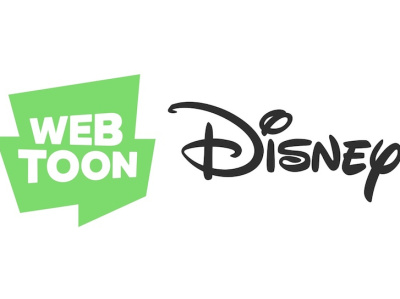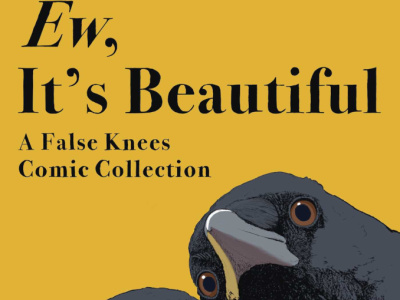ICv2 recently spoke with Dark Horse founder Mike Richardson. In Part 3, we talk about Webcomics, comic ratings, and plans for 2008. In Part 1, we talked about the state of the comics and graphic novel market, Dark Horse's history with licensed comics, and the new trend toward omnibus editions. And in Part 2, we talked about Dark Horse's role in bringing manga titles to the States and its long-standing relationships with top creators.
Another place where Dark Horse has been involved since the early days is publishing material that first appeared on the Web, like Megatokyo and Penny Arcade. As one of the people who recognized this as a new way for testing out comics and for comics to find their audience, where do you see that trend going? Is that going to get incorporated into the business model of a publisher like Dark Horse?
It is in the business model already. We're approaching other Webcomics creators and we intend to continue to look for material there. Again, it's probable that the people who go to those sites aren't necessarily traditional comics readers. We think it's a way to again find an audience. The Internet is an amazing thing; it brings anarchy to the traditional forms of distribution, and comics is no exception.
In those days when I was first starting my business, the only way to get into comics was to go to
That was a step away from a traditional publishing model. But now creators don't even have to get picked up by any publisher, they can set up a site and start putting their work online. For the creative and talented and industrious, it gives them a level of control that is beyond anything anyone could have imagined 20 years ago. These creators no longer have to try to badger editors. They're welcome to do that, but there's a huge number of submissions that come in, and it's hard to get noticed particularly if you're a writer, because we have to take time to read those scripts and that's a hard thing to do with all the scripts we already have. With artists it's a little easier to judge whether they have talent or potential by looking at a few pages.
On the Internet though, someone who may not have been able to get noticed can put up their own strip, continue to put their strip out and if they have talent and are good, they'll build an audience and get noticed by publishers. I think all of the publishers, because of the success we've had, will be paying more attention to those types of books and online strips.
Could you give an overview of your philosophy of labeling for audience ages on comics and graphic novels?
Well, as a supporter of the creator's right to see his vision in comics exactly as he intends, we're against censorship. We've taken that position. We don't like the assorted codes and labels on comics that might be reassuring to certain retailers, but certainly aren't reassuring to the creative community, so we've taken a stand against that.
With that said, once we get into business with a creator, we're willing to go where that creator wants to go and let him put his vision down on paper and in his work, and though we don't want to censor in any way, sometimes, because of trouble some retailers, and certainly the bookstore community has had, we felt it is appropriate that we give some indication of what age the material is intended for.
In comic shops, I think retailers can generally look pretty quickly at the material and know how to sell it their customers. In bookstores, I don't know that's always the same thing. I think they may be less sophisticated and new readers less sophisticated in the way they view books, and there may be surprises. So we decided some time ago to put age appropriate stickers on the books.
Does that include books like
No,
What are Dark Horse's big initiatives or major events for 2008?
We're looking forward to Mike Mignola's Hellboy push. Mike's got new Hellboy books coming out and we've got the Hellboy 2 movie coming out that is so spectacular -- it's amazing. It's Guillermo [del Toro] at his peak, and it's a $100 million movie. A much bigger budget and huge scale and I think people are going to be amazed at what they see. The Hellboy fans are going to love it. So we have that coming.
We're very excited about seeing Clamp's first work for Dark Horse late in the year. That's a huge step for us internationally. It is a significant partnership for us, if you know the mark Clamp's made on manga and anime.
We're going to have significant announcements regarding our film business. Our toy business is expanding -- Dark Horse Deluxe. The Internet is growing, and we're very excited about what's happening with our Internet site. And retail is up substantially this year. We had our best retail year ever, and Dark Horse the comics company is really charging. We have new characters, new properties, and we think people are going to respond.







